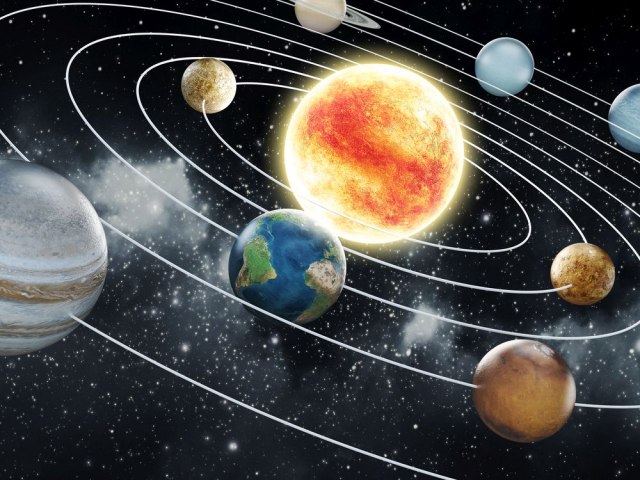
Asteroids are small, rocky bodies of solar system that inhabit
Interplanetary space to the orbit of Jupiter. There are millions of them, and they are often grouped by composition. The planetary scientific community calls them small planets, which is a general term applied to the bodies of the solar system less than the month. Asteroids are mainly made of materials left of the formation of the word inward
The solar system.
Most of them circle the sun between Mars and Jupiter, although there are groups that circle closer. Asteroids come in three classes of composition. C-types (chondria) are made of clay and silicate rocks. S-types are so-called rocky asteroids and are made mainly of silicate rocks and blades of nickel and iron. M-types are metal nickel-iron. These categories show how far from the sun are formed in the early solar system.
Introducing you short attractions about Asteroids:
1. Asteroids are small bodies of the solar system that circle around the sun. Made of stone and metal, they can also contain organic compounds (some scientists suggest that their asteroids can bring chemicals necessary to start life on earth).
2. There are millions of them, and they are often grouped by their composition.
3. Asteroids are also called smaller planets or planetoids.
4. There are currently over 600,000 famous asteroids in our solar system.
5. Asteroids are very different in size, some have diameters up to ten meters, while others stretch hundreds of miles. But objects under ten meters in diameter are generally considered meteoroids.
6. Most famous asteroids in the solar system circles around the sun in the belt between the orbit of Mars and Jupiter. This belt is usually called asteroid belt.
7. Asterids are rich with noble metals and other metals, as well as water.
8. Although there are hundreds of thousands of asteroids in the asteroid belt, only about 200 are known to cross 100 km in diameter, which makes most of the asteroids really small facilities.

9. Current theories suggest that the asteroids were found in the ASOTEROID’s belt, the remains of a planet that failed to form during the development of the solar system.
10. Some asteroids have their own months!
11. While the asteroid strikes were more common in the past, today are not so common.
12. Asteroid’s impact has contributed to extinction some 65 million years ago Dinosaurs. (It was one of several factors that influenced the whole life on earth at the time.)
13. In 1801, the Italian astronomer of Giuzepe Pjaci discovered what the new planet believed for what he believed. The newly surfaceed facility called Cerera, according to Roman goddess harvest. Soon after Cerera’s discovery, similar objects were found. It soon realized that these new objects, in fact, are not planets, but some other kind of heavenly body.
14. In addition to the first discovered asteroid, Ceres is also the biggest known asteroid with 933 kilometers in diameter. In 2006, Ceres received the status of a dwarf planet, together with Pluton, Eris, Makemake and Haume.

15. One feature that these objects shared was their resemblance to remote stars seen through the telescopes of that time (1800s). As a result of their similar appearance as the stars, the facilities are called asteroids, which means in the shape of a star.
16. It is believed that an asteroid is about 0.15 kilometers wide above Siberia, causing damage to a radius of hundreds of kilometers.
17. Most asteroids are irregular in shape because they are too small to make enough gravitational attraction to become spherical shape.
18. Asteroids are not the only things that hit the country. Every day, more than 100 tons of materials with asteroids and comets fall to the ground. Most were destroyed by friction as it passes through our atmosphere. If something hit the ground, it is known as a meteorite.
19. The country suffers a shock from the object size of a football field for once in 2000.
20. Some asteroids are actually exploded comets. The Lads disappeared, and all that remains is stone material.
21. Astronomer William Herschel was the first to covers the word asteroid, which means: as a star, 1802.
22. Apollo facilities are asteroids whose orbit exceeds the orbit of the country.

23. Asteroids can be found almost everywhere, they are even on the orbital path of the planet. This means that the asteroid and the planet go the same way around the sun.
24. Even the country has such asteroids that accompany us.
25. There are no two same asteroids! This is because they formed in different locations at different distances from the sun.
If you are interested in more topics about science and everyday life, click subscribe for more posts.




Leave a comment